Taiwan: A Photographer’s Paradise?
![]()
The truth is that when you hear about Taiwan, you probably think of semiconductors, bubble tea, political struggles, and that “Made in Taiwan” sticker on one of your household electronics. Let’s forget about all of that and allow me to redefine Taiwan for you and possibly make you add it to your bucket list of destinations.
I am an avid Fuji user — I started with one XT-1 and ended up buying four of them. I’m not sponsored or supported by Fuji but the build and feel for me was the closest thing to my mother’s Minolta, my first camera, but with that digital touch.
I mainly use a 35mm f/1.4 for my go-to but also love using the 100-400mm and 56mm. I also find the Fuji X series is very compact and socially acceptable on a shoot – massive DSLRs often evoke a negative reaction from the subject due to their size and lack of subtlety, and the magic photographic moment can be lost.
Taiwan is a Photographers Destination!
One of the reasons I love photographing Taiwan is that everything that catches my eye has a story and a cultural depth – there are so many photos just hiding in plain sight. Sure, there are many IG spots and all that, but once you vibe with your environment, it’s like an augmented reality of culture that jumps out at you.
Taiwan is a land of texture, mood, and tradition, and a place of pure genuineness. Whatever your subject interest is, Taiwan can offer it. What makes it even better is that there is a general appreciation for photography in this country.
I really enjoy interacting with local photographers and chatting about locations and shots. People are very respectful and curious, and usually, after they feel my passion for photography, there is an exchange of advice. I also make a practice of taking a photograph of the people I meet so as to document the journey of a photographer in his or her pursuit of that perfect photo and send it to them afterward if they left an impression on me.
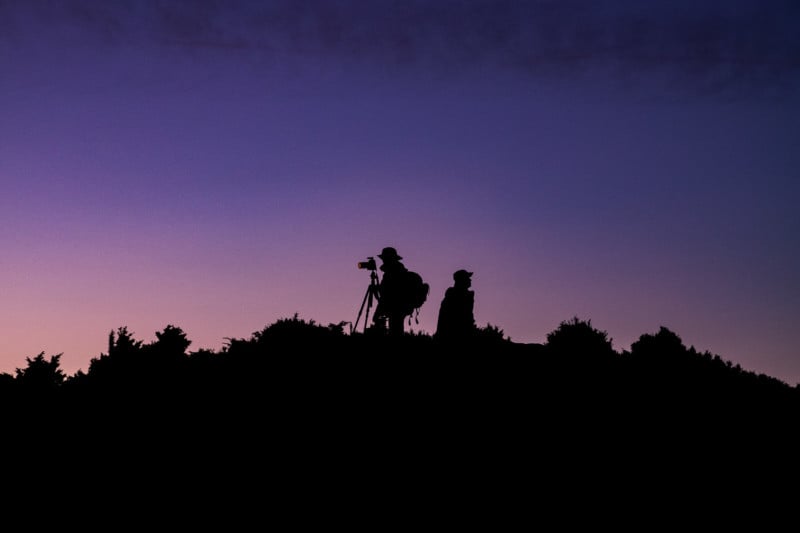
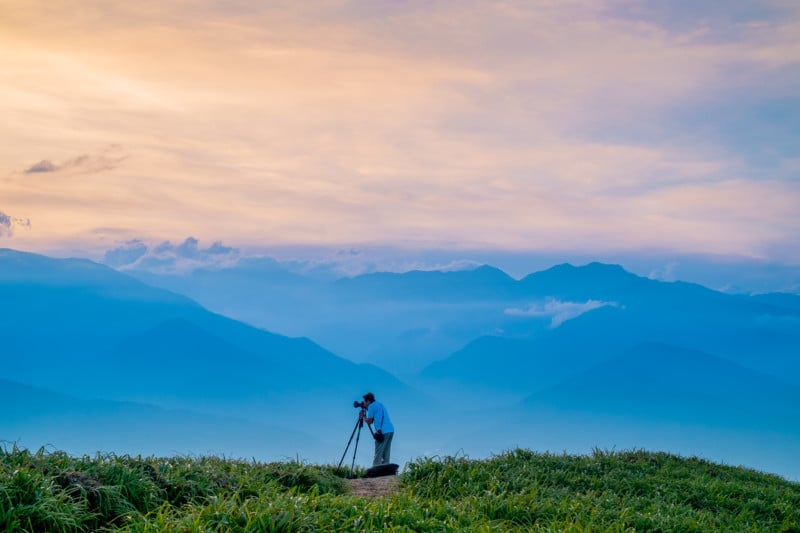
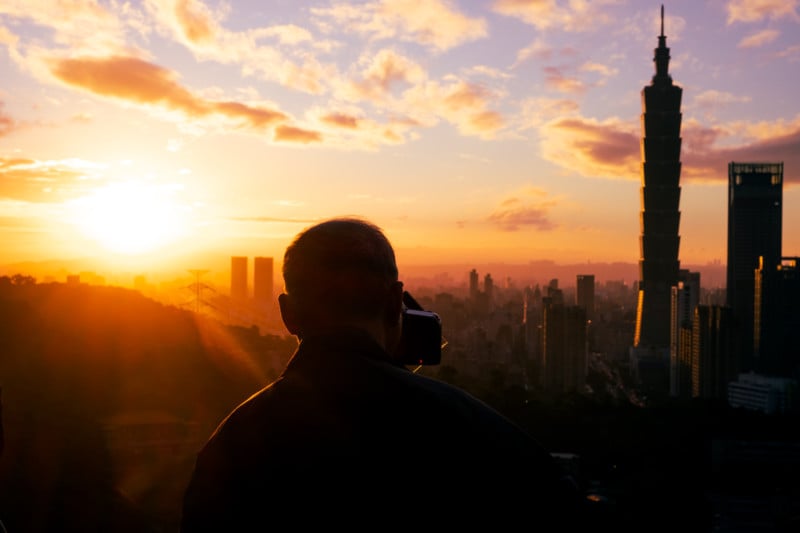
Temple and Culture
Taiwan is one of the most religiously diverse countries in the world. Temples vary enormously in style and can be found everywhere from narrow spaces between apartment complexes to the end of high mountain forest roads. They are often community centers where you can refill water bottles, have a rest, and sometimes be offered a cup of tea.
I enjoy chatting to the temple keepers and the older people who just hang out in the compounds. No matter how many temples you have visited, each one is unique, and I make it a point to find that uniqueness when I take my shots.
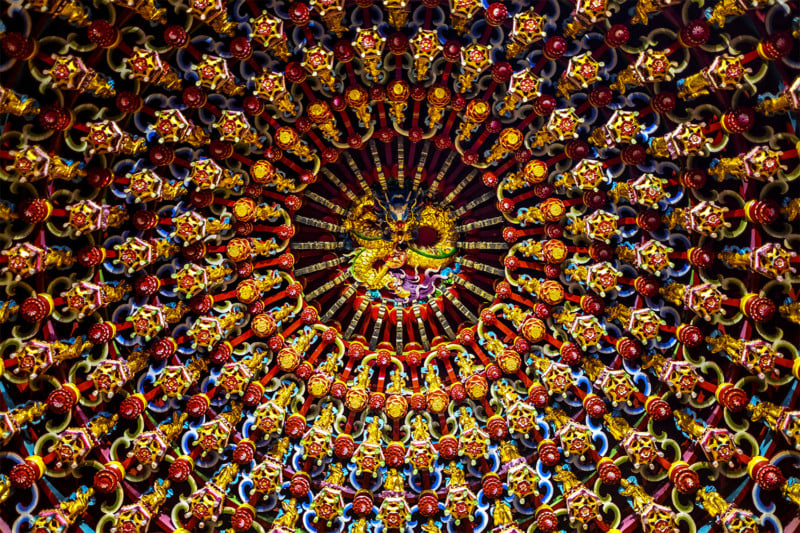
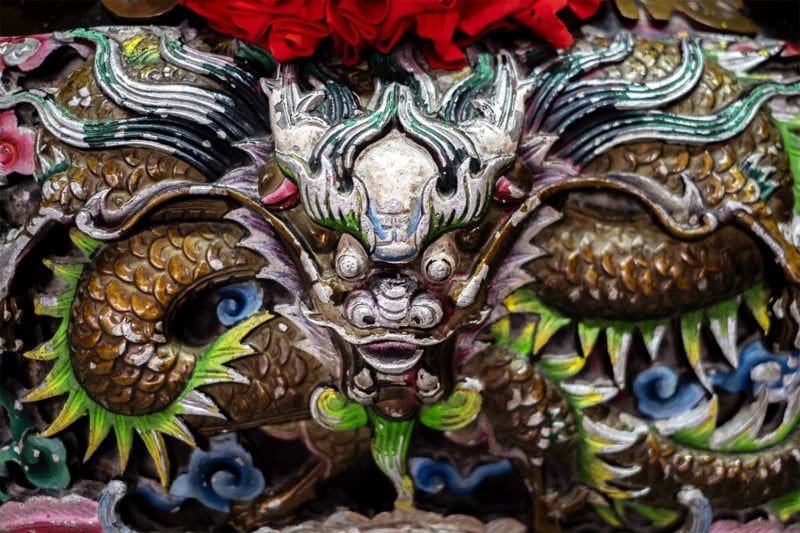
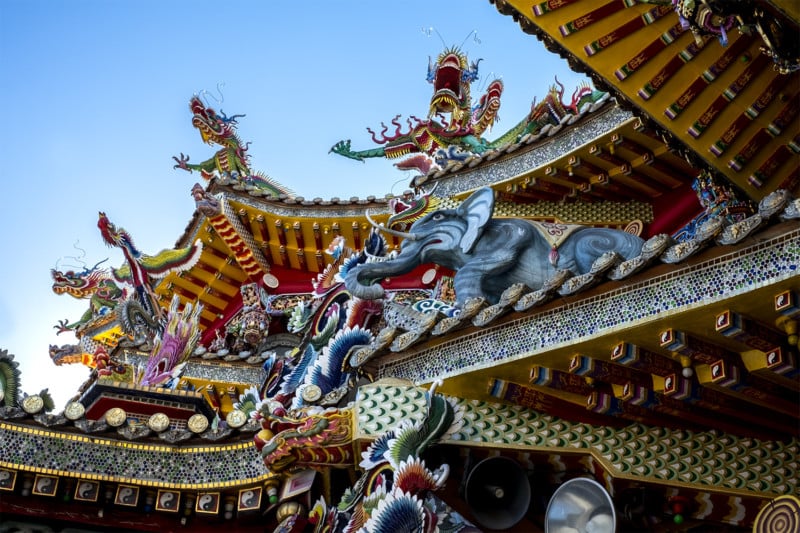

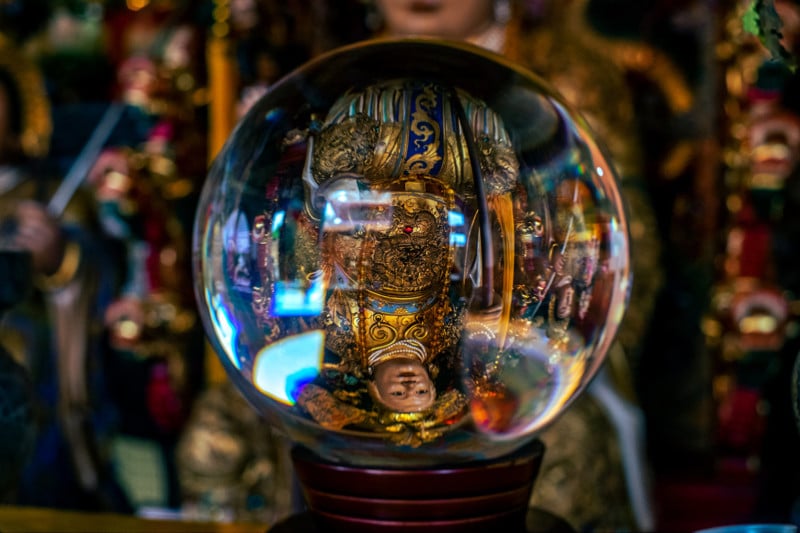
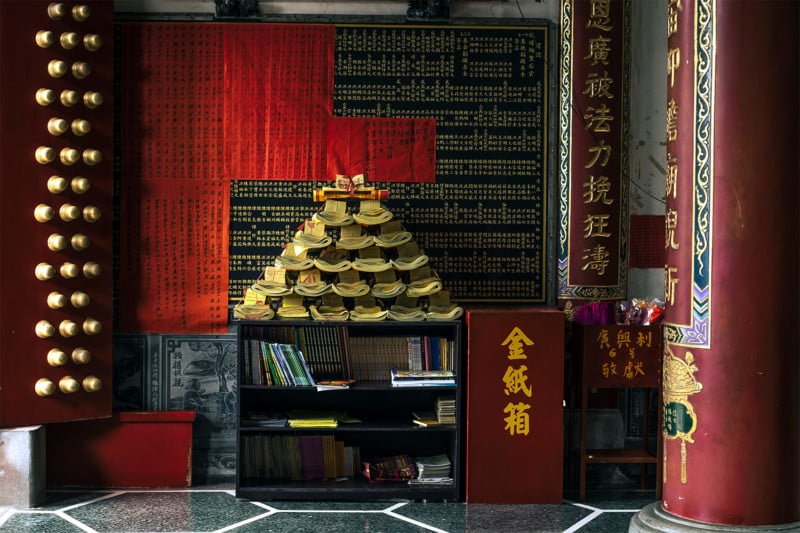
Festivals
There are folklore festivals, agricultural celebrations, street parades of the gods, Chinese New Year festivities, and more familiar western-themed seasonal holidays.
Let me give you a flavor of what you might experience: standing in front of a wall of 100,000 bottle rockets as they “bang” the bad luck from you; watching priests burn a full scale handmade wooden boat sitting on a sea of paper money to send the evil spirits away; watching believers harm their own bodies while being possessed by spiritual demon catchers who are hunting bad spirits.
Imagine the colors, shapes, movement, and energy you might be able to capture in your images of these amazing celebrations.
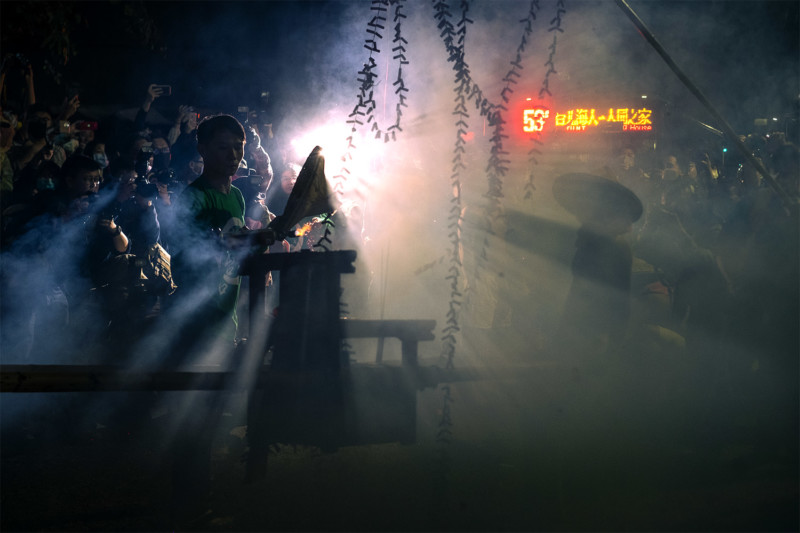
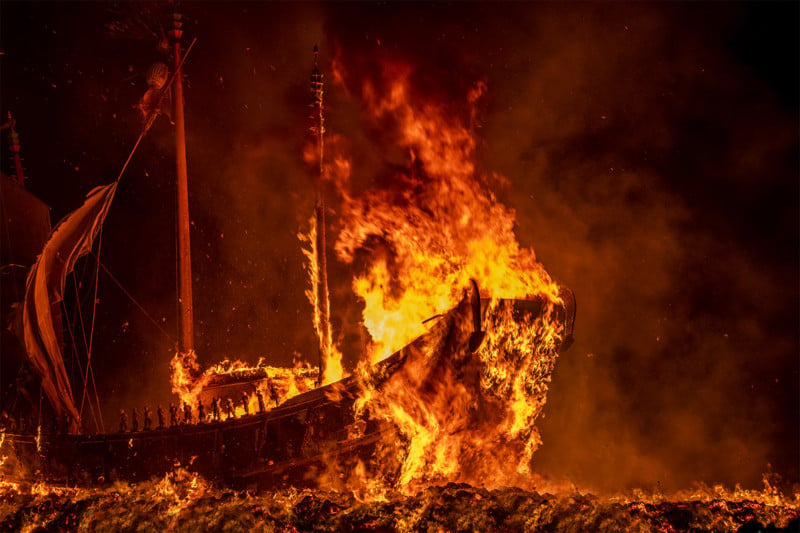
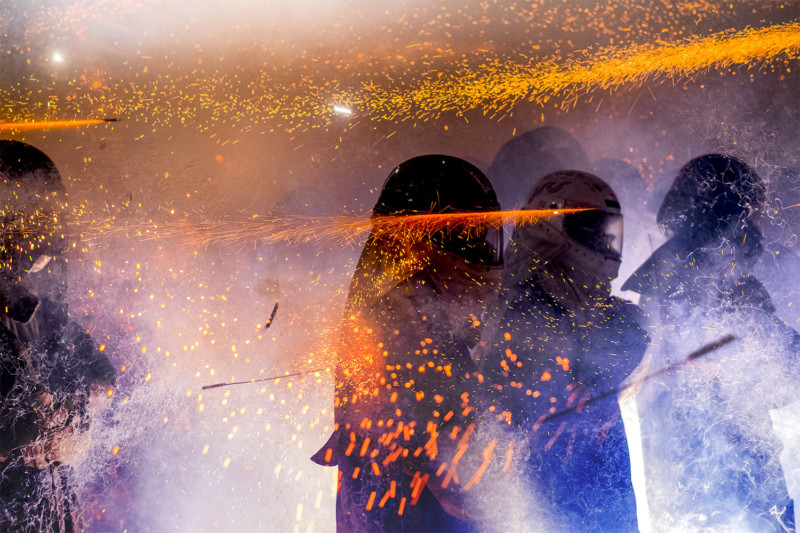
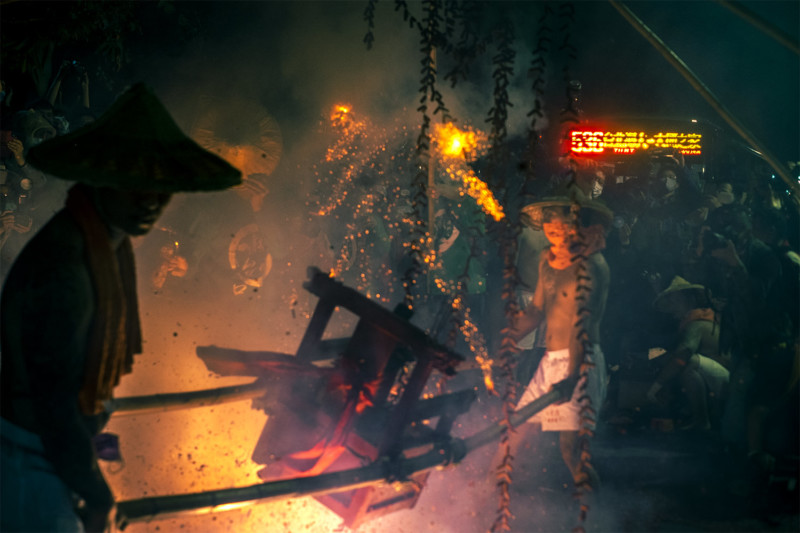
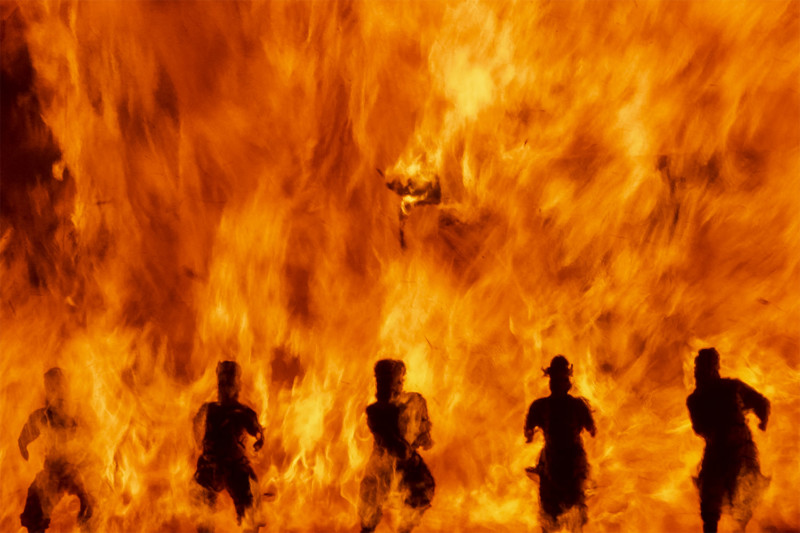
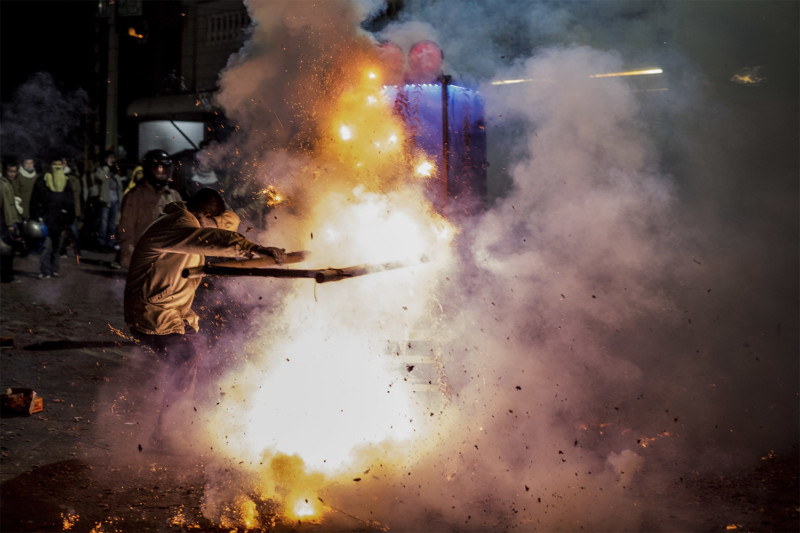
Nature
Whether you are a hiker, diver, waterfall chaser, or extreme sports enthusiast, Taiwan boasts countless opportunities to explore. The country is on the edge of continental tectonic plates evidenced by sheer mountainsides plunging into the sea. The whole island is known for its geothermal hot springs and numerous earthquakes, especially on the east coast.
Taiwan is home to 260 peaks taller than 3000m, and as snow clothes these mountains in winter, the melt results in icy raging rivers with water full of minerals shining blue for that perfect mid-summer dip. The coastlines are known for their jaw-dropping reefs, amazing macro life, and sea turtle protected zones. And it’s only 45 minutes from the city to the water.
Taiwan is more than a concrete jungle, it is also a wild island with 58% covered by wild forest, the perfect place for landscape and wildlife photography, season by season.
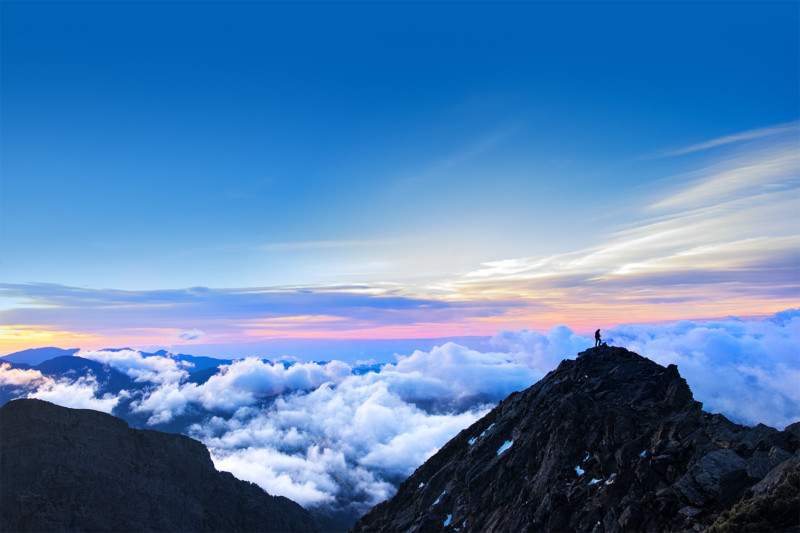
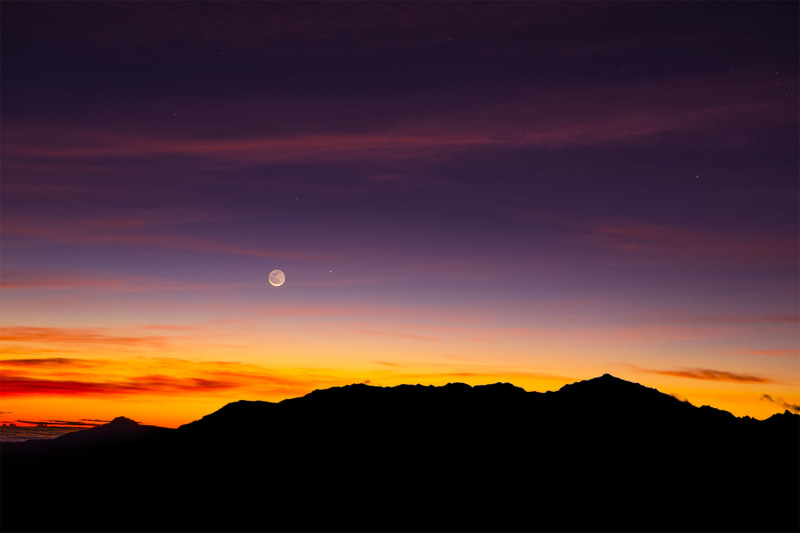
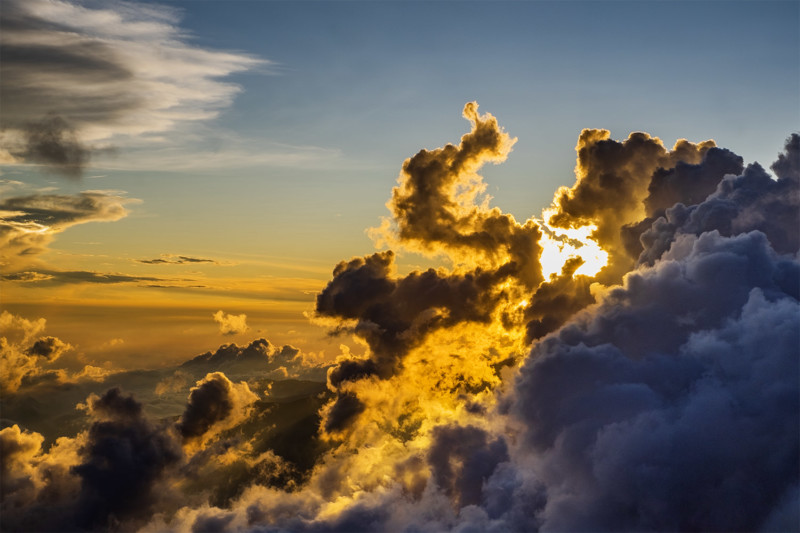
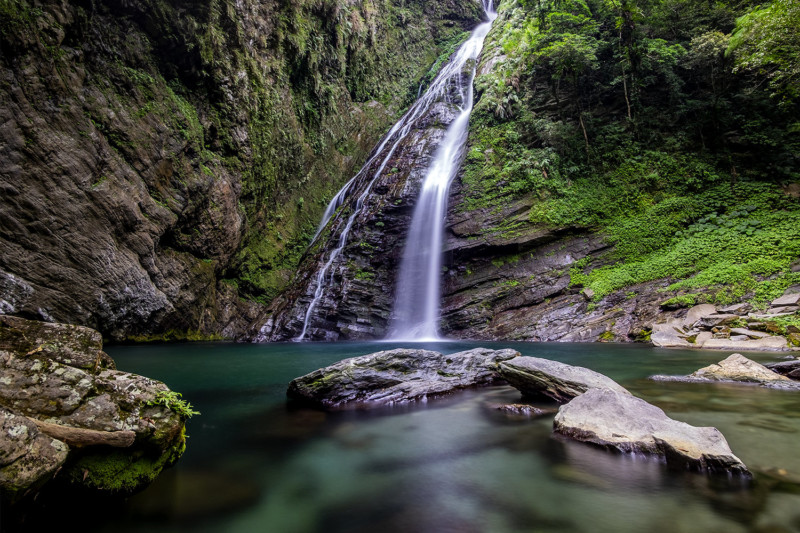
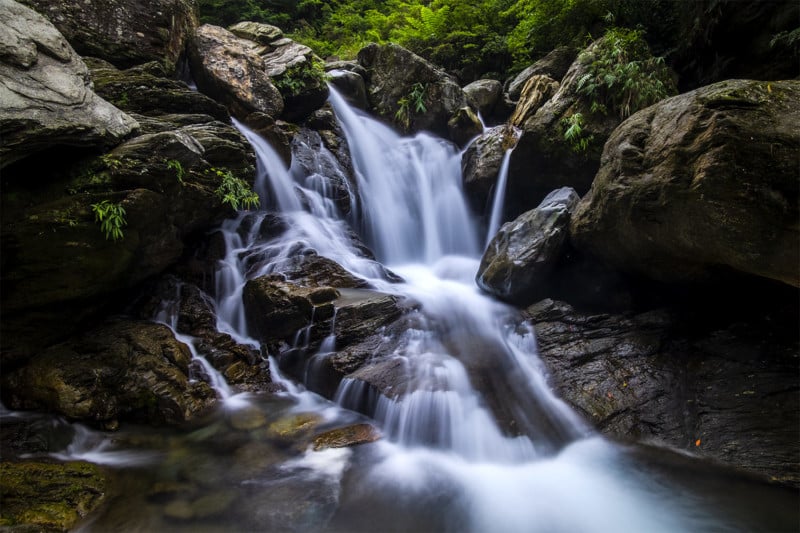
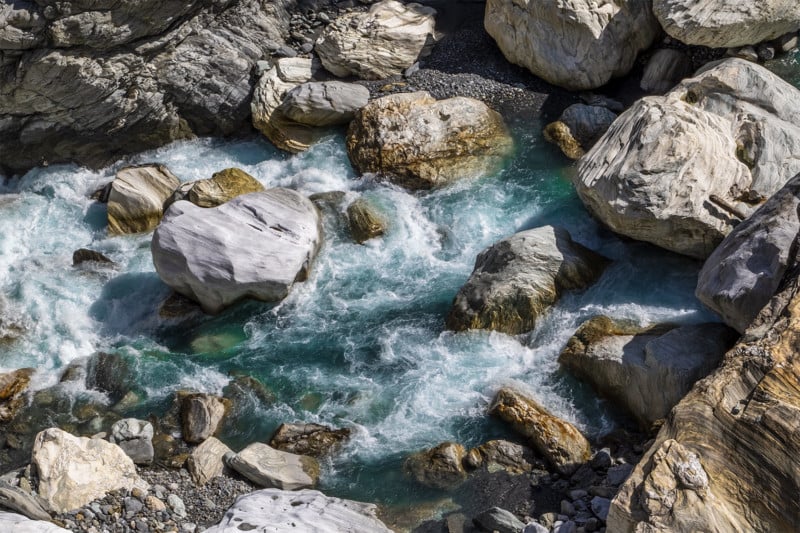
Street
I often go for a walk with a coffee and my camera in hand. Sometimes the best way to see a place is at your own pace. All the cities are a maze of alleys that twist and turn, with a mixture of Japanese and Taiwanese architecture and design.
I’ve discovered that morning markets are the most gentle and interesting around sunrise, with the vendors tired by 9am. Night markets can get crowded in the early evening so going late can give you better opportunities to browse. Often the best plan is to have no plan – just heading to an area and seeing what presents itself, making sure you go with enough time to be slow so you can appreciate the details of the life.
Personally, I love waking up at 4am and just riding my scooter in one direction and simply pulling over when I see an interesting shot. Go slow and look for the stories.
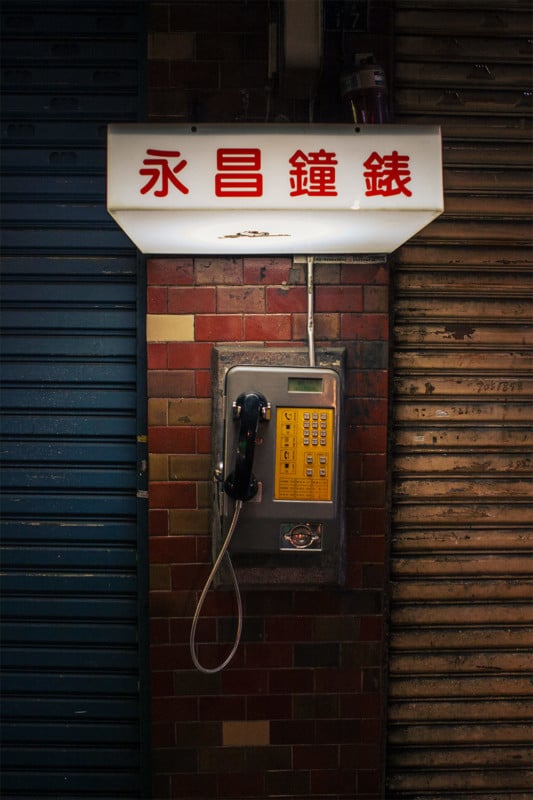
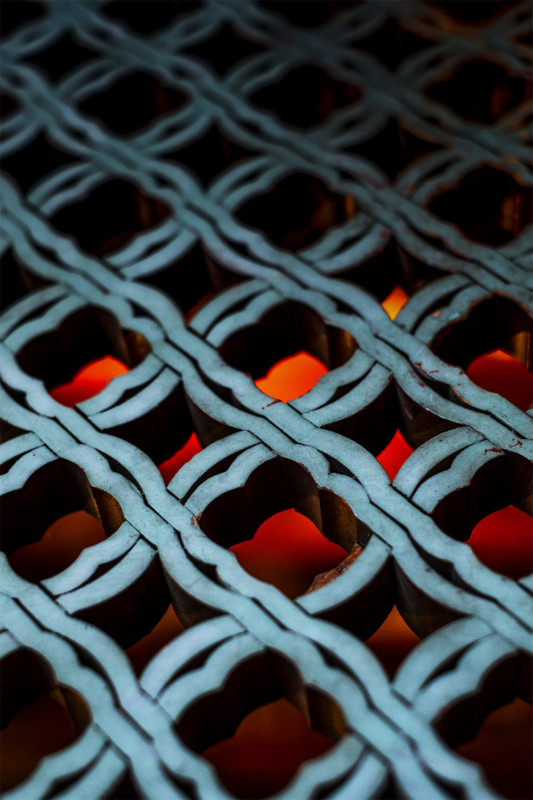
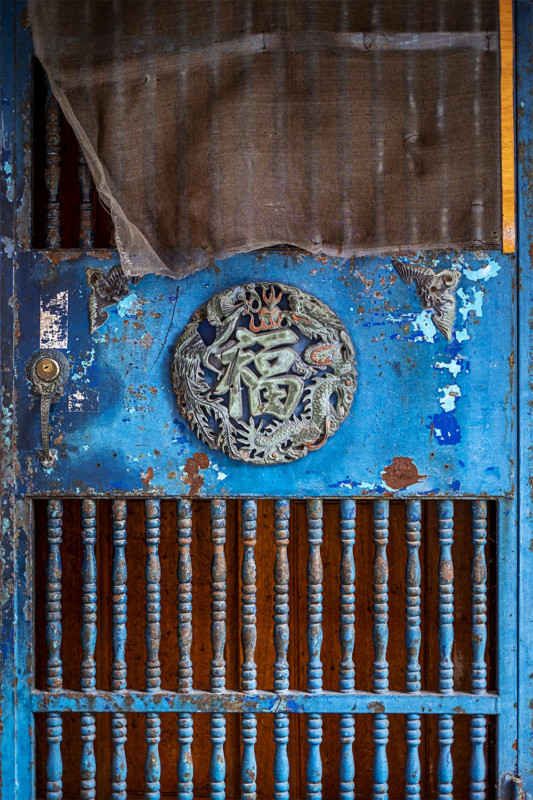
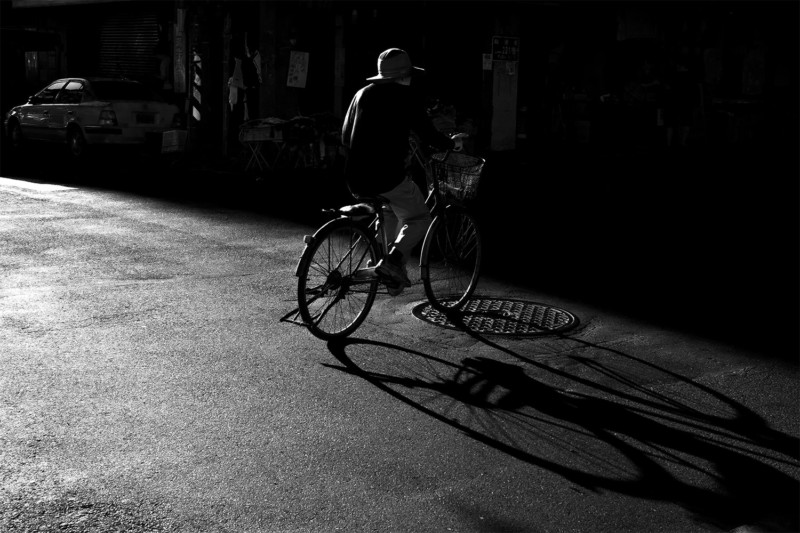
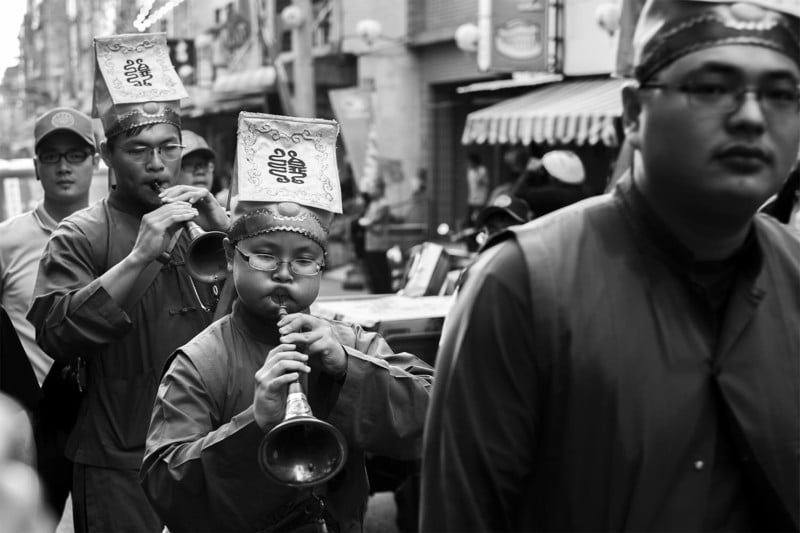
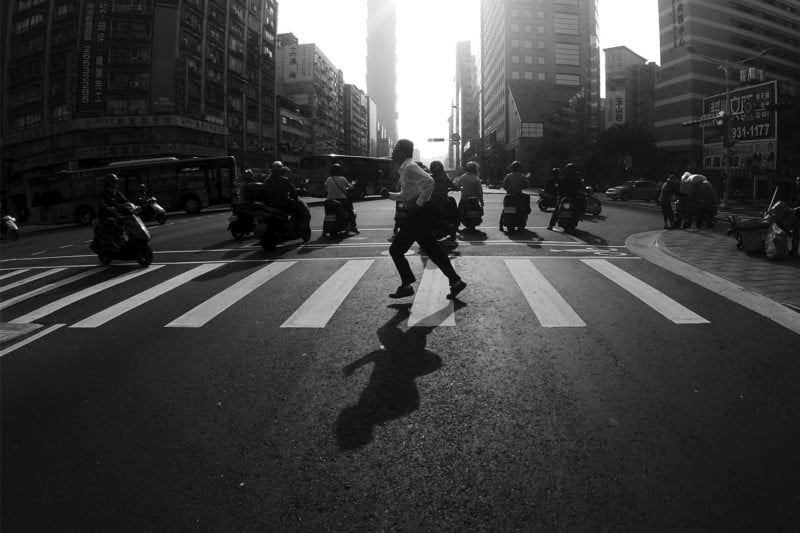
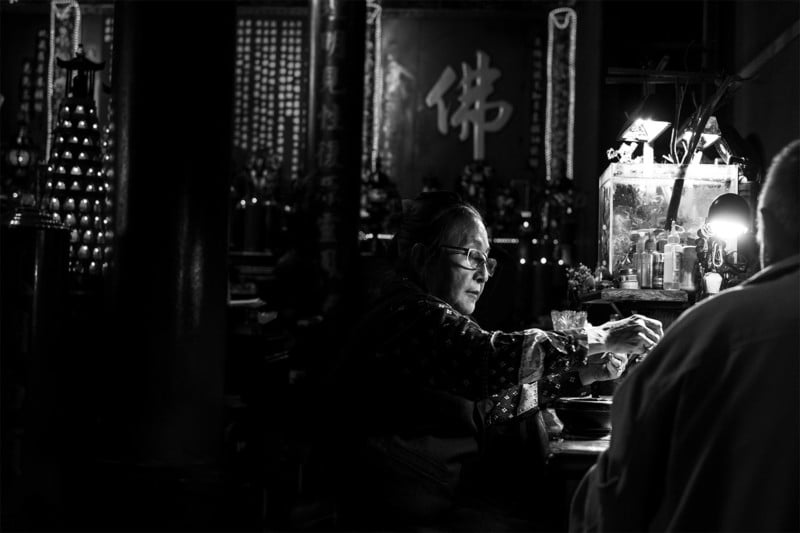
Personal Selection
Beauty is in the eye of the beholder —Margaret Wolfe Hungerford
That being said, below are photos that I hold dear to me. These are my personal timeless Taiwan experiences that were foundational to my development as a photographer.
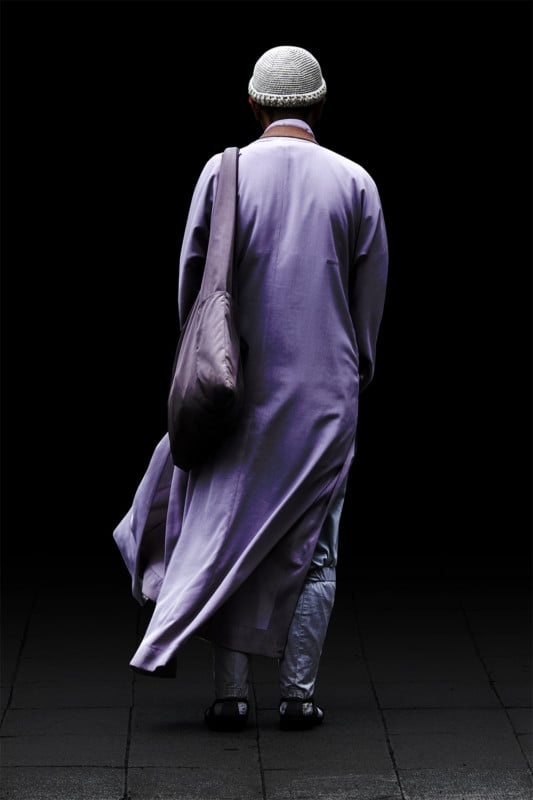
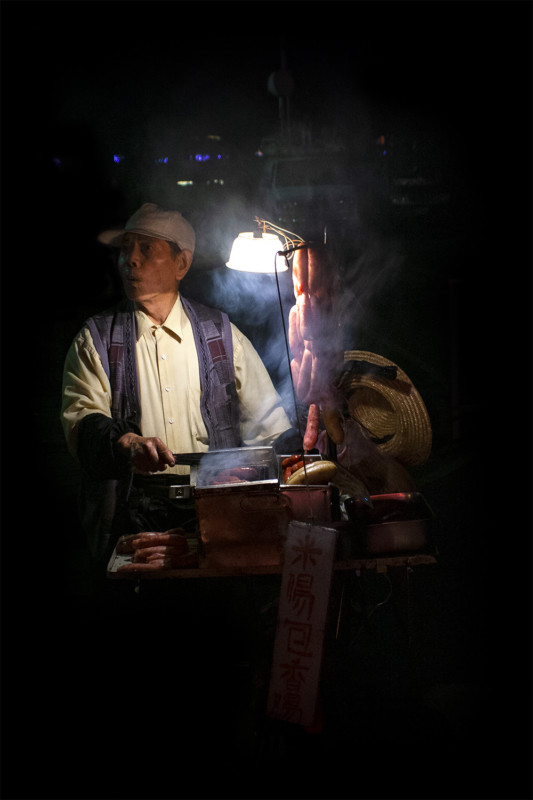
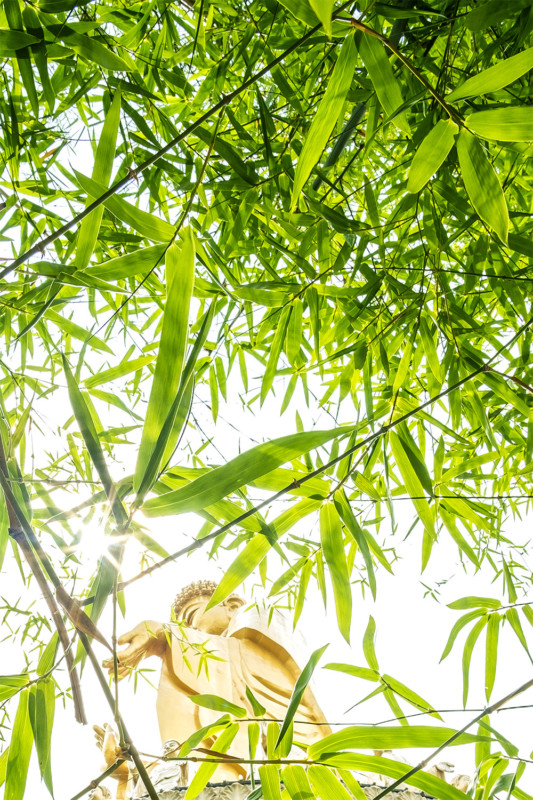
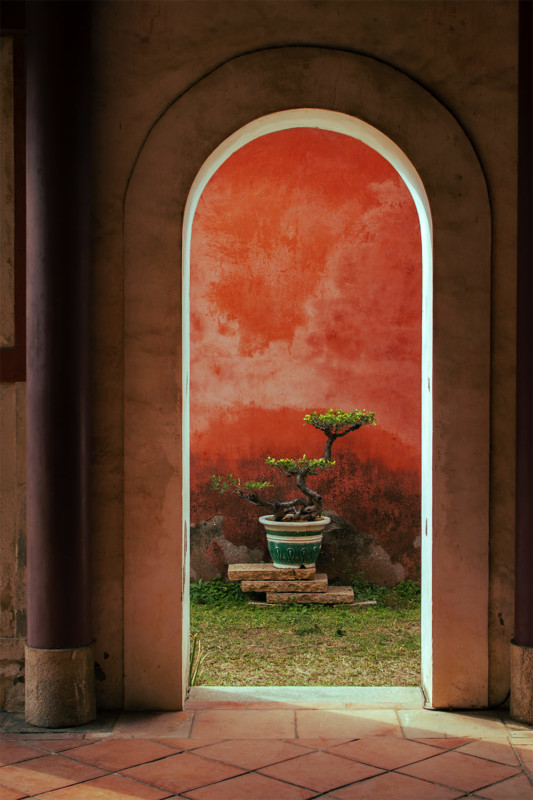
Culture and the Photographer
Taiwan is very accepting of foreign visitors and photographers interested in their culture. When I encounter an interesting group of people, I simply nod and smile or give a thumbs up to break the ice, then shoot. I also walk up to them and show them my screen and thank them. Many times, a hard-faced grandpa will crack a smile, or a temple gangster will hand me a beer and invite me to the front line of the action.
My point is, if you approach from a point of appreciation and can read the mood, you know in your gut when you can keep shooting and when it’s time to step away. As important it is for us to get the shot, it is equally important to be respectful of the culture and enjoy the experiences – the balance is both rewarding for us and for the Taiwanese themselves.
Destination
Whether Taiwan is your destination or a short layover, make sure to give yourself a few days to explore. You can travel on a budget or live a life of luxury – the choice is yours.
Not only are the Taiwanese incredibly open people, but there are also many government-supported services and media platforms full of information. And sometimes joining a group or just reaching out to fellow adventurers via social media platforms with a “hi” can help you make new friends and get you familiar with a new area.
Even after all the years I have lived in Taiwan, I know there are still countless beautiful images to be discovered. I focus on what I come across, trying to bring a unique style to my photographs. Fortune favors the bold and some of my best personal photography moments have just been exploring a left turn where I usually turn right, with my camera always ready.
I hope I have inspired you to consider Taiwan as a photo destination and you one day experience this amazing island, people, and culture. It truly is the hidden gem of Asia and a country to be celebrated.
About the author: Alex Houghton is an Australian photographer who grew up in Asia. The opinions expressed in this article are solely those of the author. You can find more of Houghton’s work on his website, Facebook, and Instagram.